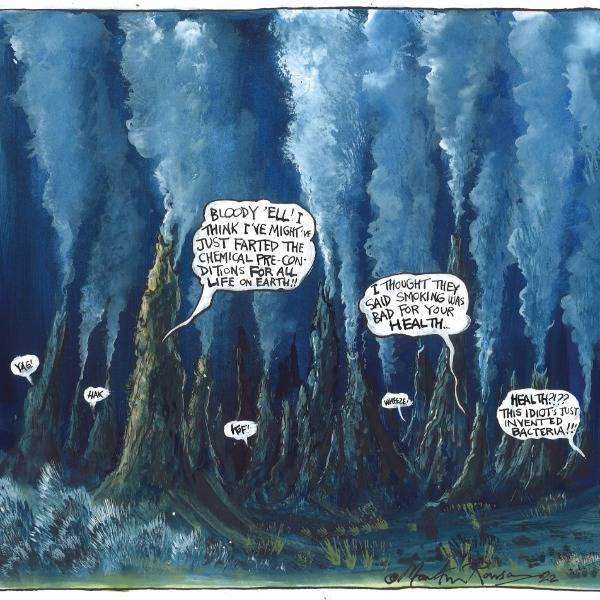
This article appears in the Witness section of the autumn 2020 issue of the New Humanist. Subscribe today.
Last year we celebrated the 50th anniversary of man first setting foot on the Moon. When Neil Armstrong and Buzz Aldrin stepped out of Apollo 11, it opened the door to lunar exploration like never before. But how much do we know about the origins of our closest neighbour?
It is broadly accepted that the Moon formed as the result of a violent collision between Earth and a protoplanet the size of Mars called Theia. This caused a large amount of material and dust to fly off from Earth into space. Some of that left to orbit around Earth. Over time, it collected together to form a rock, and that became the Moon as we know it today. During its formation, the Moon was molten. Its surface was a 1000km-deep magma ocean covered by a floating crust of crystals. It slowly cooled over time, but until now it was difficult to work out how long this process took. That means that one of the big questions about the Moon is its age.
The Moon’s crust is composed of a mineral called anorthite, which gives scientists a starting point, because they can use this to work out the thermal conductivity of the crust. This allows them to predict the rate at which heat is lost and therefore how fast the magma would have cooled down and crystallised. The next step in solving the puzzle involves understanding what the moon magma was made up of and the different types of rock that form when it cools under a range of possible scenarios, which again effects the rate of cooling.
Results published recently in the journal Science Advances have now put all these disparate pieces of the puzzle together to calculate how long this process took. Their results indicate that it was around 150–200 million years. That is significantly longer than the 35 million years predicted by older attempts at modelling this process.
The full study, which was led by the German Aerospace Centre and the University of Münster, concludes with the estimate that the Moon formed 4.425 billion years ago, which makes it a full 85 million years younger than was previously thought.

